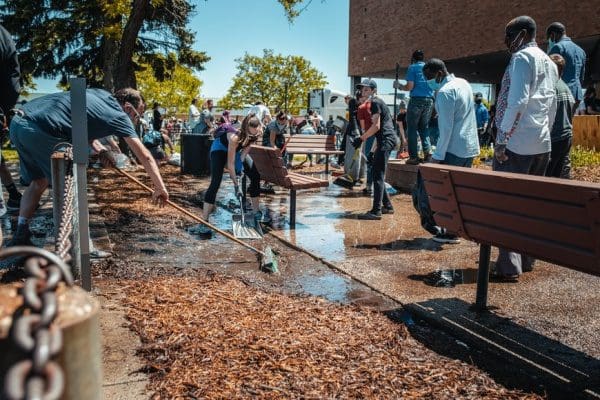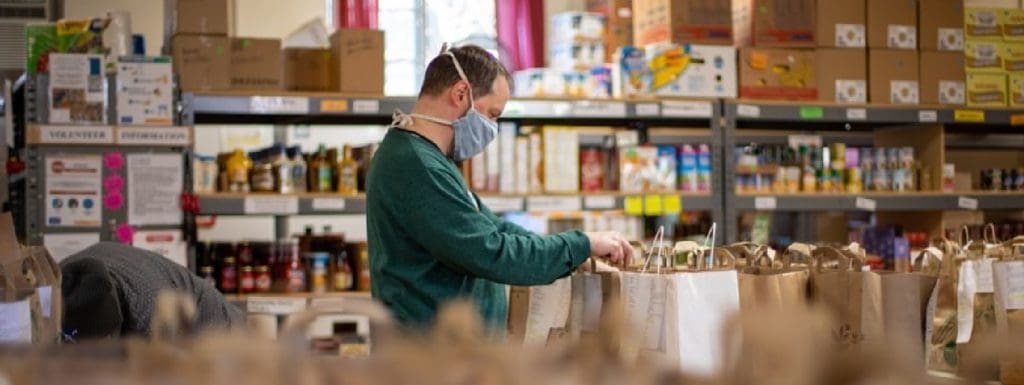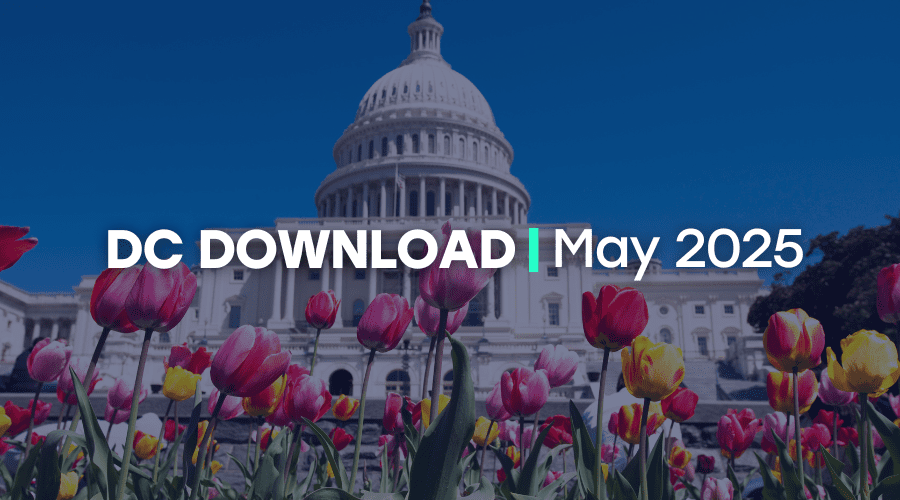Unlocking the full impact of the more than 330 million potential volunteers in the United States remains a priority for the nation’s 1.8 million nonprofits. From tutoring to serving on nonprofit boards, volunteers contribute to making communities healthier, stronger, and more connected.
But connecting volunteers with the nonprofits that need them has never been easy. COVID-19 has only made these challenges more difficult and urgent. Commercial technologies have transformed our economy, but also have created a digital divide that threatens to leave behind non-commercial activities, such as volunteering.

Greg Baldwin
But this volunteer-connection gap stands a better chance of improving, thanks to philanthropist MacKenzie Scott’s recent milestone contribution to VolunteerMatch, the Oakland, California-based nonprofit that will use the money for greater technological collaboration to connect more volunteers with their communities, says Greg Baldwin, its CEO.
“The gift couldn’t have come at a better or more urgent time. They don’t have enough emojis to show the gratitude we have,” says Baldwin, whose nonprofit is a leader in the cross-sector movement to bring volunteering into the digital age.
Scott’s contribution to VolunteerMatch, announced in June, closed the organization’s $10 million capital campaign and marked its single-largest gift since the nonprofit started in 1998. The grant, Baldwin adds, is unrestricted, allowing VolunteerMatch staff members to focus on what they know they need for progress – as compared to what philanthropy thinks they need.
“The gift represents an opportunity to continue investing in the nonprofit sector’s recovery from COVID-19 and elevating the impact and ethic of volunteering at scale in our changing world,” he says.
Since early 2020, face-to-face volunteering at nonprofits has plummeted because of COVID-19 and the need for safety. The pandemic, as Baldwin points out, severely hampered a key resource that nonprofits rely on to fulfill their missions to support people and communities – especially during a time of inequality, dislocation, and hardship.
 “It was the worst year for volunteering in my lifetime, like it was for so many things. Volunteering is beach day cleanups, walkathons, board service,” he says. “The absence of volunteering reminded people how important it is. Our society doesn’t get better or healthier on its own. It only gets better when we get together.”
“It was the worst year for volunteering in my lifetime, like it was for so many things. Volunteering is beach day cleanups, walkathons, board service,” he says. “The absence of volunteering reminded people how important it is. Our society doesn’t get better or healthier on its own. It only gets better when we get together.”
As a result, nonprofits – and society – shifted to living more virtually. At VolunteerMatch, a nonprofit with a budget of $5 million, the immediate goal is to continue building a digital, public-interest infrastructure and more partnerships to virtually connect more people, at scale, with volunteering opportunities that match their passions and skills.
Before COVID-19, the United States was home to about 63 million volunteers. Baldwin and others in the nonprofit world hope it can grow to more than 330 million people – or everyone in the country.
“I can get a bag of Doritos for same-day delivery, because we have built digital platforms that have transformed our commercial lives,” Baldwin says. “What we have not built are the digital platforms to transform our civic and public lives.”
Part of the challenge, though, to fully building a better technology platform for nonprofits to hopefully increase the number of volunteers in the country is alignment with dozens of other organizations and commercial entities that have the same goal.
In the last 10 years, Baldwin says, there has been a rapid proliferation of volunteer management platforms with proprietary or closed technology that is not compatible with other volunteer outreach platforms. 
“We saw companies reinventing the wheel over and over again, with everyone, including us, building their own private platform to connect volunteers,” he says.
“About five years ago, we decided to try something different. Instead of competing against all of these different platforms, we built an Open Network API infrastructure to collaborate with them. VolunteerMatch is no longer trying to build or perfect a standalone system to reach more potential volunteers on our own. We are sharing our digital infrastructure to allow these competing services to work better together,” Baldwin adds.
That means greater collaboration for improved technology compatibility in this area is afoot. Baldwin says VolunteerMatch has formed a network to make progress on compatibility – and a key goal is to increase the number of participants.
“We now have over 100 companies and partners using our Open Network API infrastructure to provide their audiences with real-time access to the volunteer needs of the nonprofit sector,” he says. “We created a possibility that made it cheaper and easier to collaborate than it was to compete. We changed the equation.”
Already, the VolunteerMatch network has more than 130,000 nonprofits participating and serves more than 13 million interested volunteers a year. The VolunteerMatch network is now built into a growing community of third-party platforms linking potential volunteers to millions of available volunteer opportunities based on their location, interests, and skills.
“The world has changed, but volunteer has an image that is still stuck in the 1950s. Civil society shouldn’t have to be operating in the digital age with hand-me-down technology,” he says.
“The Internet once promised a Utopian vision. We need to look back at the last 20 years to understand why the commercialization of technology has served the private sector so much better than the nonprofit sector, and what we need to do to change that.”
Given this vision of using technology to reach more volunteers to support nonprofits in strengthening civil society and communities, what does Baldwin see as a milestone for success?
For one thing, it transcends any one number.
“It’s that every good cause can find the amazing volunteers that they need to make a difference,” he says. “We’ve only just begun to build the public-interest digital infrastructure required to do that.”
Bradley Wong is director of strategic communications and public relations at Independent Sector. In January, Greg Baldwin and Laura Plato, Chief Solutions Officer for VolunteerMatch, wrote the essay, “Can Service Save America?” VolunteerMatch, an Independent Sector member, also is part of the Nonprofit Infrastructure Investment Advocacy Group (NIIAG). Independent Sector and KABOOM! co-founded NIIAG, a national coalition of about 50 national, regional, and local nonprofits and foundations. NIIAG supports the strengthening of civic infrastructure in communities across the country. Learn about becoming a member of Independent Sector.



